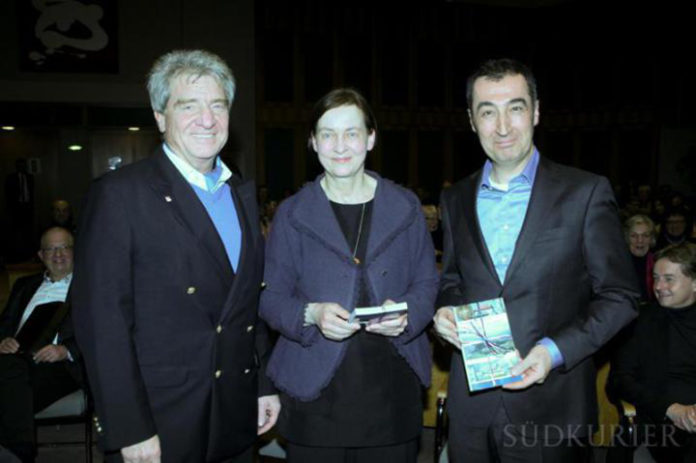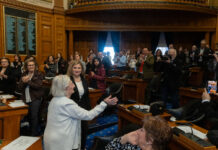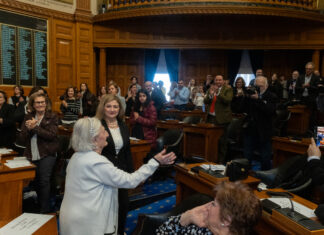By Muriel Mirak-Weissbach
Special to the Mirror-Spectator
CONSTANCE, Germany — For almost a decade, a photographic exhibition on the “Nakba,” the expulsion of the Palestinians from their lands in 1947-48, has been travelling around Germany, and in virtually every site, the organizers from the Association of Refugee Children in Lebanon have run up against opposition. Pro-Zionist groups have mobilized to have the exhibition rooms — often in universities — cancelled, arguing that the exhibition is anti-Israel, or even anti-Semitic. The reason? According to official Israeli historiography, there were no expulsions, killings or seizure of Palestinian lands. Some say the Palestinians as a people never existed, or if they did, not in that geographical location.
Armenians in Germany are experiencing something very similar. It is not the Zionists but the pro-Turkish lobby that is intervening to protest a travelling exhibition that documents what happened to the Armenians in the Ottoman Empire in 1915. The show, titled, “1915-2015: Armenian Architecture and Genocide,” is organized by the German-Armenian Society, and has appeared in almost a dozen cities thus far. Last week the local authorities of Constance, a city in southern Germany, held the opening in an atmosphere of extreme polarization. The Turkish General Consul from Karlsruhe had sent a letter to the Constance administrative body, expressing the disappointment of the Turkish community in Germany with the event.
In his opening remarks at the vernissage on February 8, the head of the Constance local administration, Frank Hämmerle, reported his amazement, that he had been criticized by both Consul Cem Örnekol and a local Turkish-German community group. “The Consul General,” he said, “writes that the exhibition provoked ‘deep disappointment’ in him, and he pointed to the fact that this exhibition may have a negative impact on ‘the city of Constance,’” Hämmerle stressed, “in its desire to establish a partnership with a Turkish city.” The formulation has the ring of a warning to it. The response of Hämmerle and his archivist Wolfgang Kramer, who organized the event, was to place the consul’s letter in a glass showcase, and put it on exhibit as well. “We want to make clear where intolerance and hatred lead,” said Hämmerle. He specified this was not an attempt to cast blame, but rather to sharpen awareness. Every society, he said, should face up to its own history. In addition, “It is a matter of freedom on opinion.” He expressed his shock at learning that even some Armenians living in the area on the Lake of Constance had sought to cancel the exhibition out of fear that they and/or their relatives in Turkey might be affected. “Does Mr. Erdogan’s hand reach as far as Constance?” Hämmerle asked.
Cem Özdemir, co-chair of the Green Party and a member of the Bundestag (Parliament), was a guest speaker, and he minced no words. “We have to talk about this,” he said. Referring to the Bundestag’s recognition of the genocide last June, which he helped push through, Özdemir said, “I regret that it took more than a year … but then, there is clearly never a ‘right time’ to talk about genocide. There are always reasons found to postpone it.” He said he was all the more happy that it passed, stressing that the Bundestag had “done what it does not do every day,” i.e. passed the resolution almost unanimously in an all-party effort.
In a brief film interview with Günther Köhler, Özdemir spoke of his own personal experience with the genocide issue. “My parents came from Turkey,” he began. “Turkey, whose predecessor, the Ottoman Empire, was a multicultural empire, in that people of very different backgrounds lived there. Before the first Turks, the Seljuks, stepped foot onto Anatolian soil, there were many Christians living there, Jews who lived there, and who later settled there after the Reconquista.… When you look at Turkey today,” he said, “there is not so much left, and they did not simply vanish into thin air. This naturally raises questions and I, as someone who was born and raised here [in Germany], had these questions, but didn’t get any real answers to them. And that is what led me to take up this matter.”










